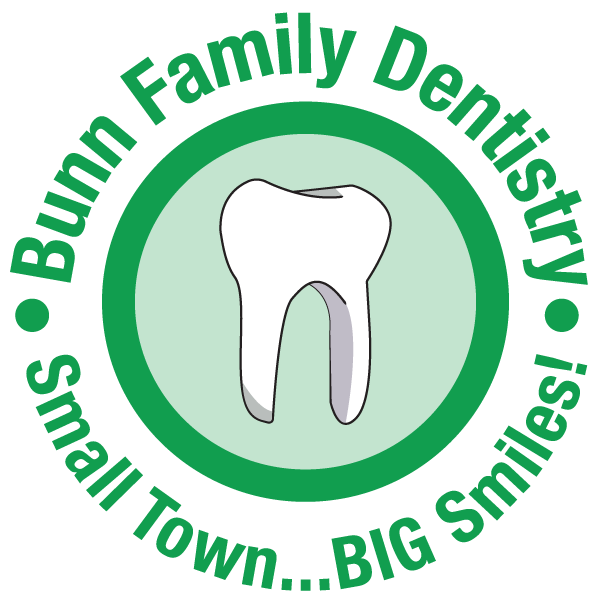Are you interested in learning more about what deep teeth cleaning is and how it works? You’re at the right place! With many people fearing the word “deep teeth cleaning,” you might be curious to want to know the ins and outs of the procedure. Like some other things in the world; your home or your car; your mouth also needs deep cleaning at least once in a while to stay in its best form.
However, you might be wondering what it means? Professional dentists use a variety of techniques to clean our teeth, one of which is deep teeth cleaning; also known as gum therapy, gum scaling, or root planing. This treatment is done by specialists to remove germs from our gums. The process includes scaling, flossing, and polishing the teeth that contribute to the finish in terms of whitening, as well as strengthening gums and preventing germs from growing in our mouths.
Deep Teeth Cleaning
The name implies it: this is not the same as regular cleaning. In simpler terms, deep teeth cleaning removes the hidden tartar from the roots and outside portion of our teeth by going below our gums. Tartar is a calcified deposit that forms on our teeth and can later decay. When we discuss cleaning below the gums, we’re usually talking about areas on the lower sides of our teeth that can’t be reached by regular cleanings.
An oral X-ray is used to evaluate the whole condition of the mouth and which section requires the most care. After that, you must use a specialized instrument to measure the gum sockets and then begin scaling. Scaling is an old-school scraping that involves using specialized tools to scrape out all the tartar residing on the roots and the exterior part of the teeth. After the scaling, a gritty toothpaste followed by air polishing provides the ultimate finish and smoothness to the teeth. The procedure ends with flossing and the fluoride treatment that promotes enamel growth and inhibits plaque development.
When Is Deep Teeth Cleaning Necessary?
Because each situation is unique, there is no specific time to do it; however, the conventional rule of thumb is to have the process done twice a year for maximum oral infection prevention. Tartar on our teeth is a veritable breeding ground for a variety of illnesses, some of which can be quite serious.
One of the most effective approaches to checking your mouth is to measure the distance between your teeth and gums when you pull it. If the distance is greater than 5 millimeters, you are in desperate need of a deep teeth cleaning to avoid mouth infections. Other symptoms involve:
- Gum bleeding
- Gum swelling
- Bad breath
- Gum bruising, and
- Pus in gums
Third, if you think it’s a time-consuming treatment; let me tell you, it varies with the severity of the circumstances. However, it might not take more than 60 minutes per session. This is now the moment to make your move if you’ve never had this treatment before.



